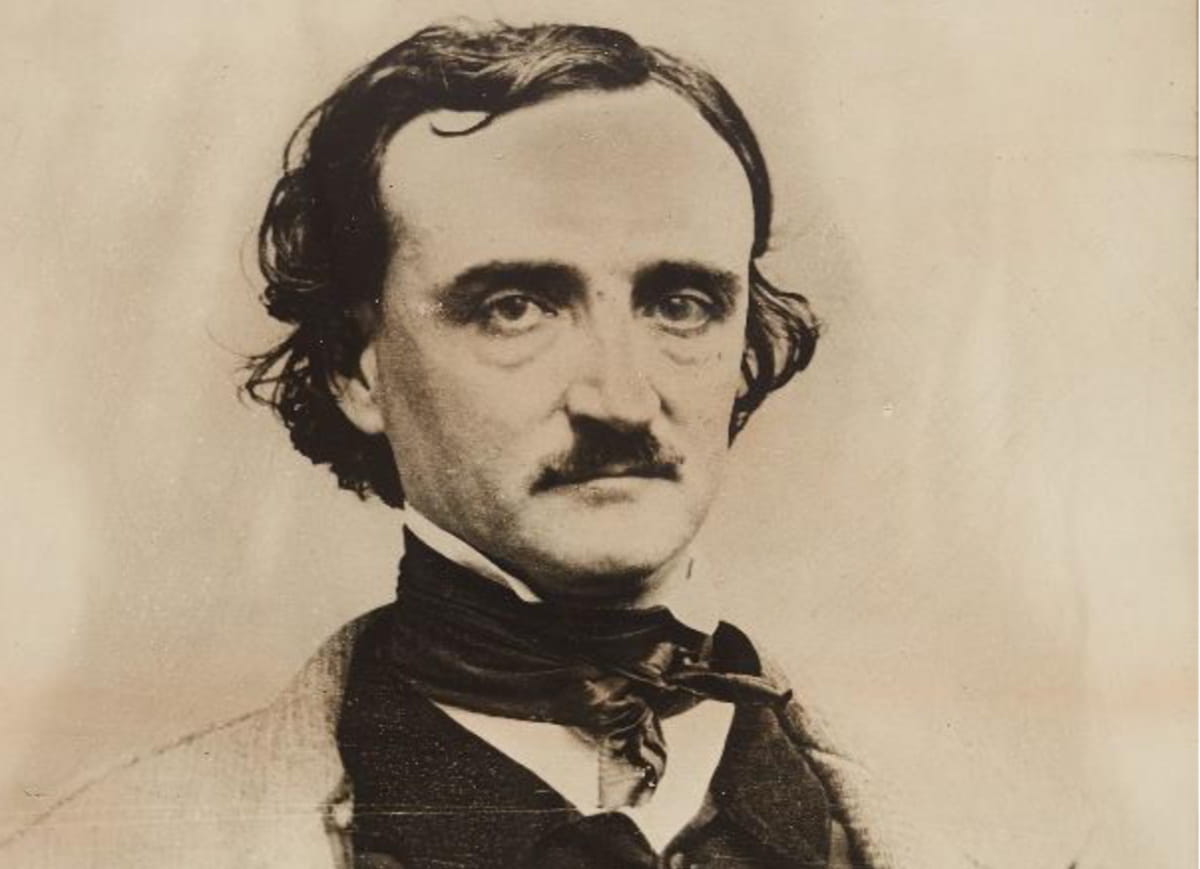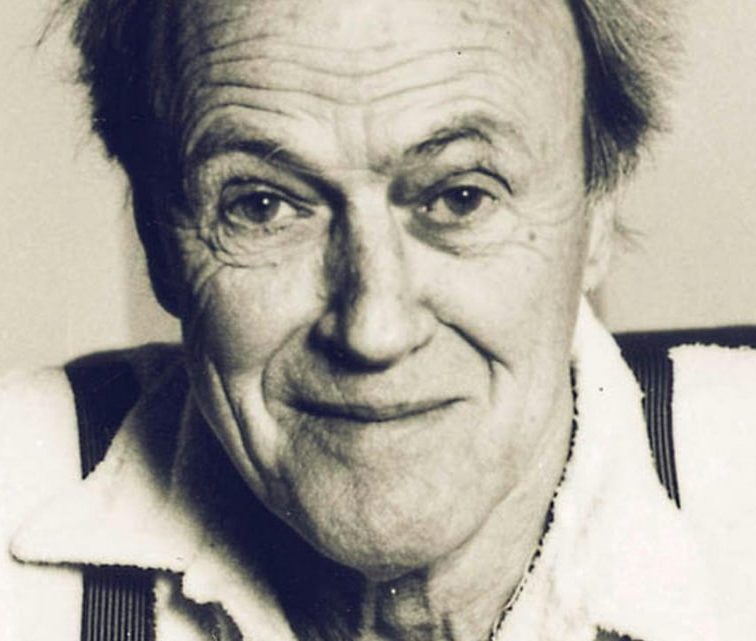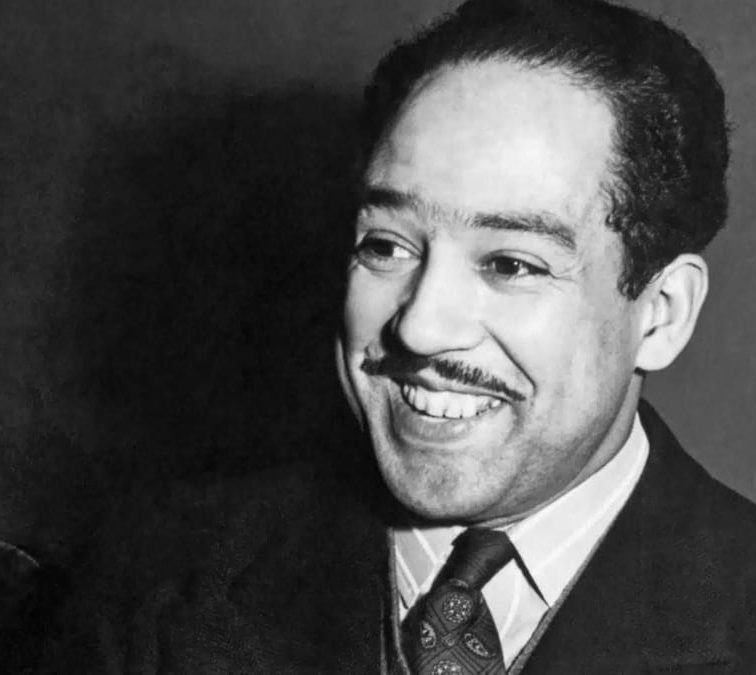When it comes to Edgar Allan Poe, most recall chilling tales and poems that sent shivers down their spine during late-night reading sessions. But did you know that this master of macabre was also a sports writer? Or that he only earned a measly $9 for his most famous work, “The Raven”? Intriguing, isn’t it?
Poe’s life, just like his works, is a treasure trove of mysteries, odd facts, and captivating trivia. Let’s embark on a journey through the most fascinating corners of his life.
1. Orphan at an Early Age
In 1809, Boston witnessed the birth of a legend: Edgar Poe. However, by 1811, both his parents, Elizabeth and David Poe, had tragically passed away. Young Edgar was then left in the care of Frances Allan and her husband, John, in Richmond. While they never formally adopted him, they gave him a new identity: Edgar Allan Poe.
The loss of his biological parents played a role in Poe’s obsession with themes of death and love lost. Many critics speculate that his works carry the emotional burden of his early tragedies.
2. The Mystery of Poe’s Middle Name
Contrary to popular belief, Poe wasn’t born with the middle name “Allan.” After being adopted by the Allans, he incorporated their surname, presenting himself as Edgar Allan Poe. But why? This wasn’t just an identity shift; it symbolized a bond, albeit strained at times, especially during Poe’s college years when John Allan refused to cover his debts.
Moreover, scholars have debated the significance of the name “Allan.” Some suggest it presented a socially acceptable facade while others believe it was a mark of gratitude.
3. “The Raven”: Overnight Success
1845 marked the year when the literary world was graced with “The Raven.” An immediate success, this poem transformed Poe from a relatively unknown writer to a literary sensation. With its haunting refrain of “Nevermore,” it captured the American imagination. However, here’s an interesting fact: Poe received only $9 for it – a shockingly small amount for what became a literary masterpiece.
Today, “The Raven” is not only a staple in American literature but also globally acclaimed, translated into numerous languages and adapted into various art forms.
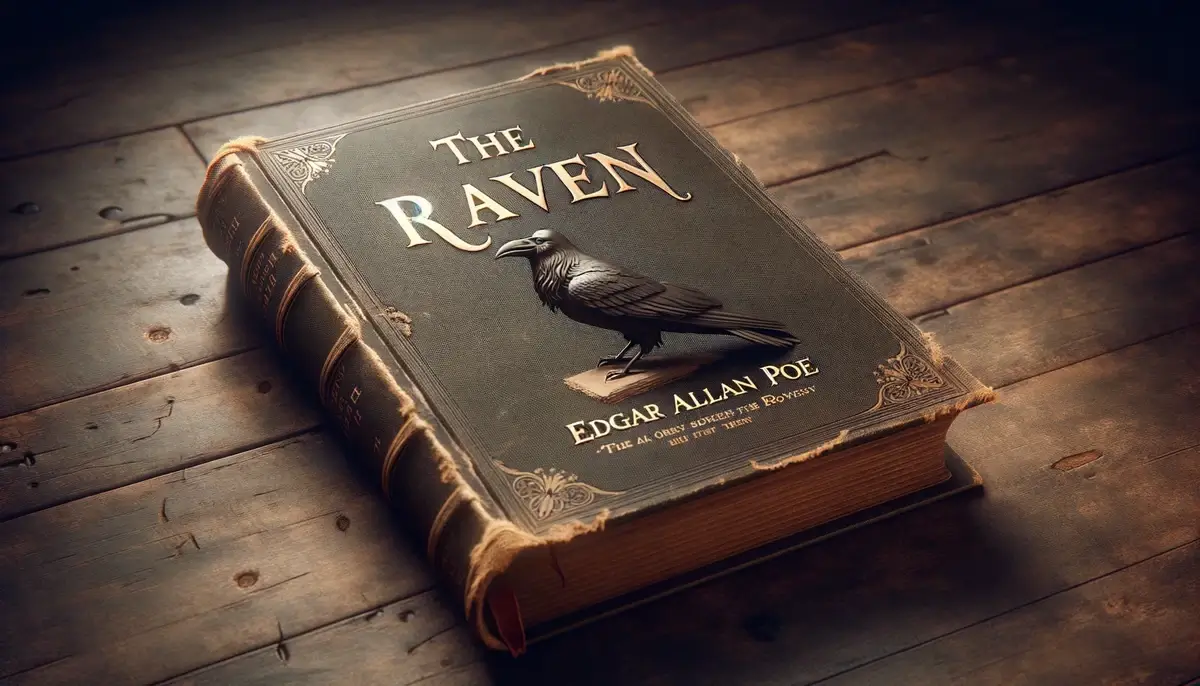
Image: iFunFact
4. A Man of Many Firsts
Did you know that Edgar Allan Poe was a pioneer in more ways than one? Not only is he considered the father of the detective story with “The Murders in the Rue Morgue” (1841), but he’s also credited with penning one of the earliest science fiction tales, “The Unparalleled Adventure of One Hans Pfaall” in 1835. This tale involves a trip to the moon in a balloon, long before space travel became a real topic of research.
From detective tales to cosmic adventures, Poe’s innovative thinking carved new paths in American literature.
5. Frances: More than a Mother Figure
Frances Allan, often called Fanny, was not just the woman who took young Edgar in after his parents’ death; she became a central figure in his life. Their bond was deep, with many suggesting that her death in 1829 profoundly impacted Poe’s writings. He frequently grappled with themes of lost women in his work, possibly echoing the loss of Fanny.
Though John Allan and Poe had their disputes, the affection between Frances and Poe remained a consistent, nurturing force throughout his early life.
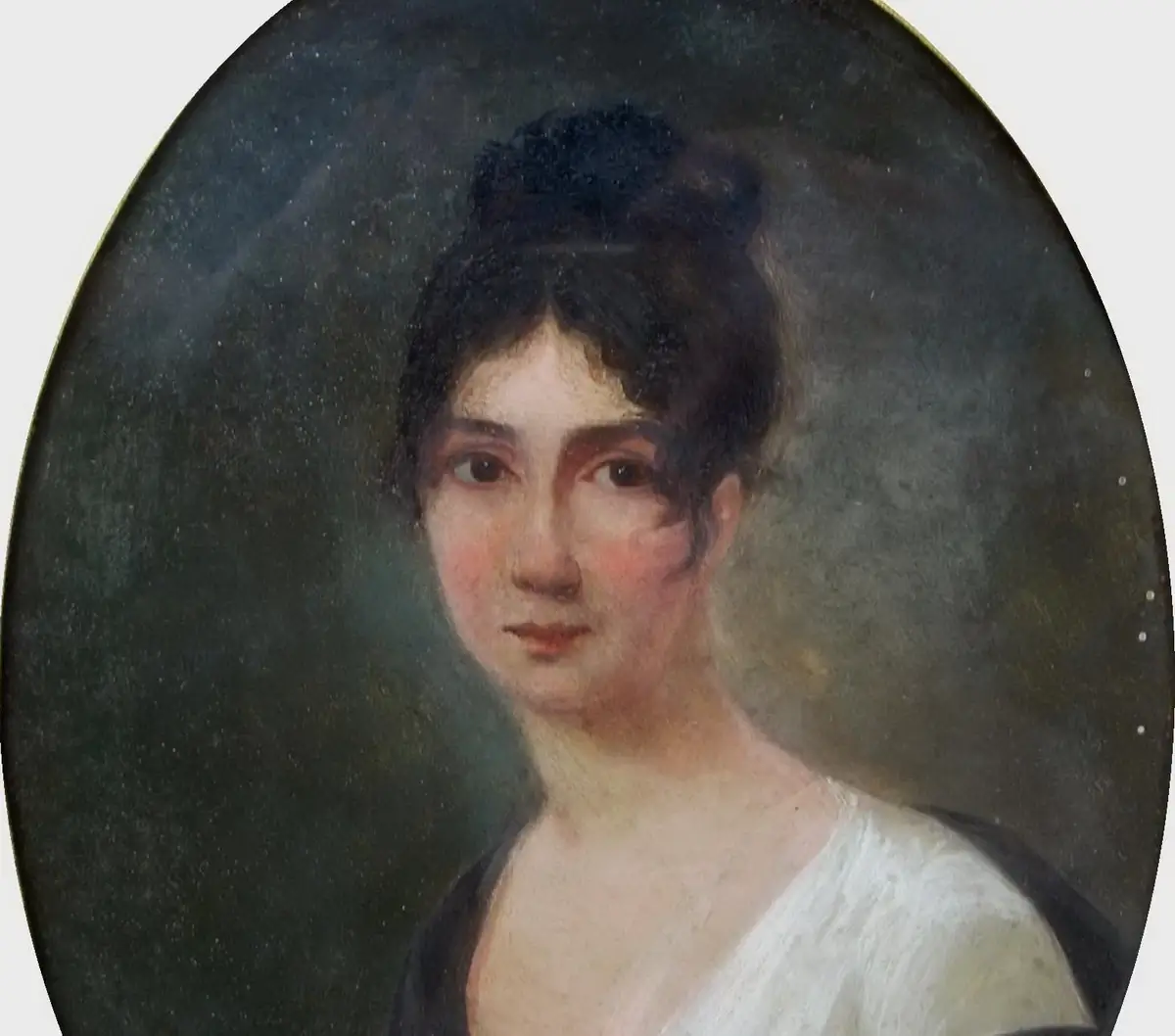
Image: encyclopediavirginia.org
6. No Wealth in Words
While Poe’s works are celebrated worldwide today, his financial struggles during his lifetime were no secret. He often lived in poverty and had difficulty making ends meet, even after producing recognized pieces. For instance, despite the success of “The Raven,” Poe received a mere $9 – hardly a fortune for such a groundbreaking piece.
The harsh reality? Being a renowned writer didn’t necessarily guarantee wealth in the 19th century. Poe’s financial woes reflect the hardships many artists faced during that era.
7. Poe’s Furry Muse
Here’s a quirky one! Edgar Allan Poe had a fondness for animals, particularly cats. Legend has it that while he wrote, his beloved cat, Catterina, would perch on his shoulder. Cats weren’t just companions; they made appearances in his tales, like in “The Black Cat” where a feline becomes central to a dark and twisted narrative.
Poe’s bond with Catterina highlights a softer side, contrasting the dark, eerie tales he’s famed for.
8. The Oddity of Poe’s Marriage
In the realm of intriguing facts about Poe, his marriage certainly stands out. In 1835, at 27 years old, Poe married his 13-year-old cousin, Virginia Eliza Clemm. Despite the stark age difference, their bond was deep, often described as more sibling-like than spousal. Virginia, or “Sissy” as Poe affectionately called her, was a frequent muse in his poems. When she succumbed to tuberculosis in 1847, Poe was devastated.
The depth of their connection remains a topic of debate and fascination among scholars and readers alike.

Image: femina.hu
9. Literary Feuds and Rivalries
Poe wasn’t one to shy away from expressing his opinions. Over the years, he engaged in a series of public disputes with other writers. One of his most notable feuds was with fellow writer Rufus Griswold, who wrote a scathing obituary for Poe, painting him as a deranged, womanizing drunk. Griswold’s animosity didn’t end there; he became Poe’s first biographer, further attempting to tarnish his reputation.
While these rivalries added drama to the literary scene, they also underscore the passionate world of 19th-century American literature.
10. Cosmic Connection with Halley’s Comet
In an astonishing celestial coincidence, Poe’s birth in 1809 and death in 1849 align with the appearances of Halley’s Comet. This fascinating fact might seem like fodder for conspiracy theories, but it’s a genuine cosmic connection. While Poe didn’t write extensively about the stars or comets, the synchronization adds a touch of astral mystery to his life’s timeline.
It makes one ponder: Was there a larger cosmic script at play or just a quirky twist of fate?
11. Poe’s Mysterious Death
Poe’s life was shrouded in mystery, and his death was no exception. On October 3, 1849, Poe was found delirious on the streets of Baltimore. He was donning clothes that weren’t his and was incoherent until his death a few days later. The cause remains unknown. Speculations range from alcohol poisoning, rabies, to more sinister theories.
The lack of a definitive answer has only deepened the intrigue, making it a fitting enigma for a man who thrived on the mysterious and the macabre.
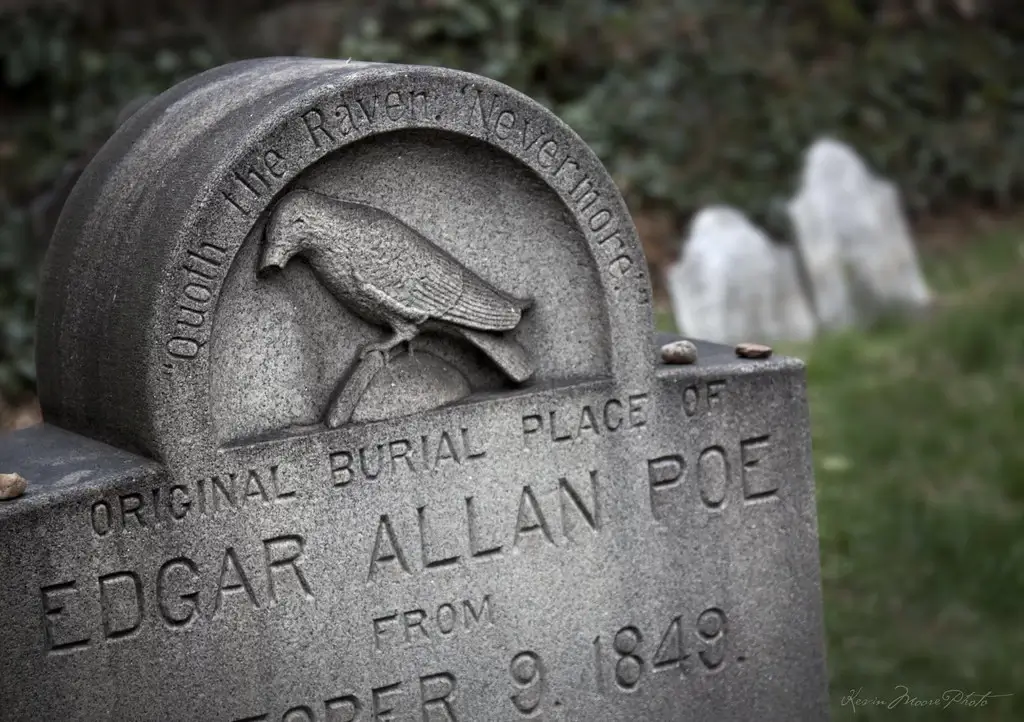
Kevin B. Moore / Flickr
12. The “Poe Toaster” Tradition
Every writer dreams of leaving a legacy, but the “Poe Toaster” phenomenon is something else entirely. For over seven decades, a mysterious figure visited Poe’s grave in Baltimore on his birthday, January 19th. This enigmatic individual would leave three roses and a bottle of cognac, silently paying homage to the literary genius. The identity of the “Toaster” remains unknown, and while the tradition seemed to cease around 2009, the lore persists.
This act of reverence showcases the lasting impact of Poe’s work and the deep connection his readers feel.
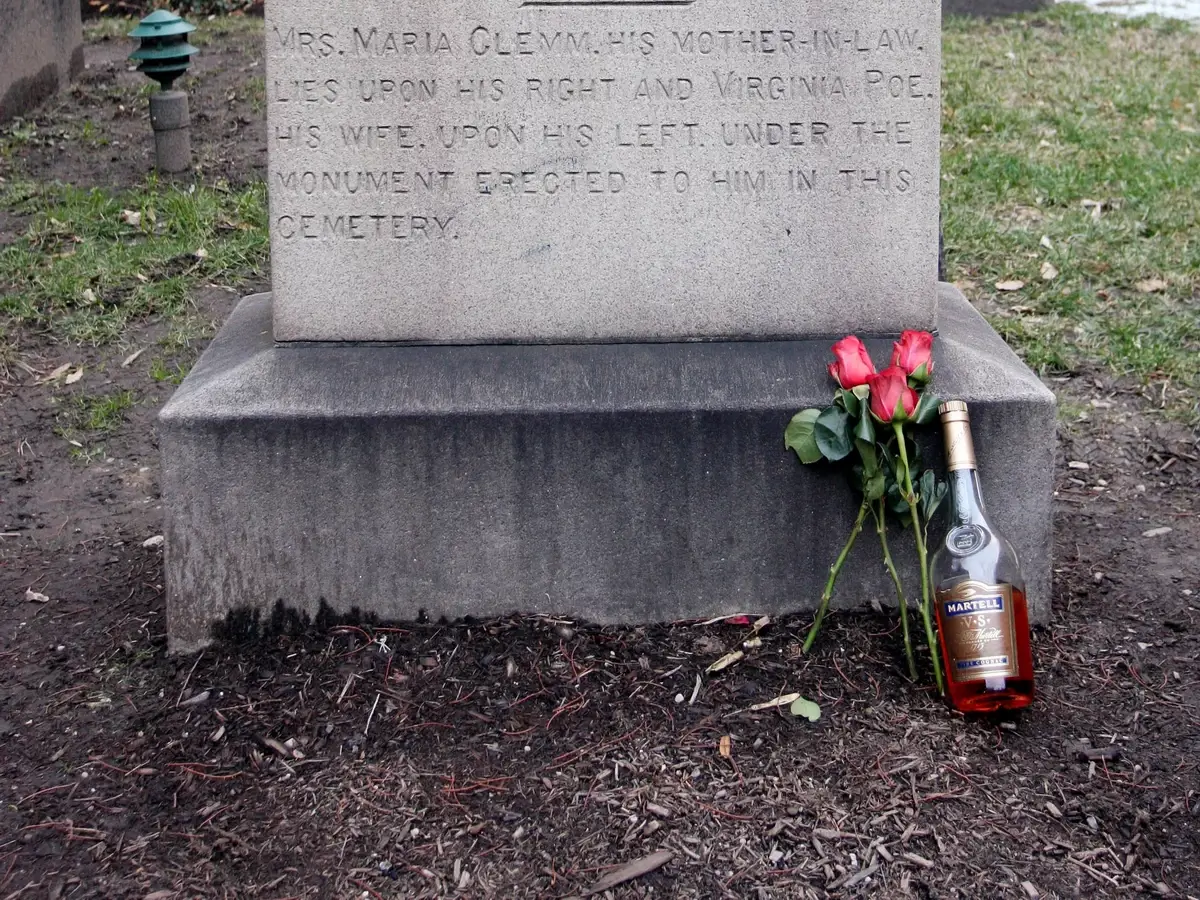
Image: spokesman.com
13. Sports Writer Before Horror Writer
It might be tough to imagine Poe penning anything other than chilling tales, but he dabbled as a sports writer too! Before he delved deep into the world of horror, Poe wrote about the happenings in the athletic realm. His articles covered everything from horse races to regattas, offering insights and commentary.
Who would’ve thought? The master of macabre once focused on feats of athleticism and competition!
14. Inventor of the Detective Story
While many appreciate Poe for his eerie tales, he’s also hailed as the inventor of the detective story. “The Murders in the Rue Morgue” (1841) is often considered the first detective fiction, introducing analytical sleuth C. Auguste Dupin. This work laid the groundwork for future detective legends, from Sherlock Holmes to Hercule Poirot.
Poe’s ingenious blend of logic, deduction, and mystery has left an indelible mark on the world of detective literature.
15. The Real Allan in Poe’s Life
While “Allan” in Edgar Allan Poe’s name is often considered a mere middle name, it signifies much more. John Allan and his wife Frances took Poe in after the death of his biological mother. Despite not formally adopting him, they gave him their surname. John Allan’s relationship with Poe was tumultuous, marked by financial disputes and disagreements. Nonetheless, the Allan surname became an integral part of Poe’s identity.
In many ways, the Allan family shaped Poe’s early years, influencing both his personal life and literary career.
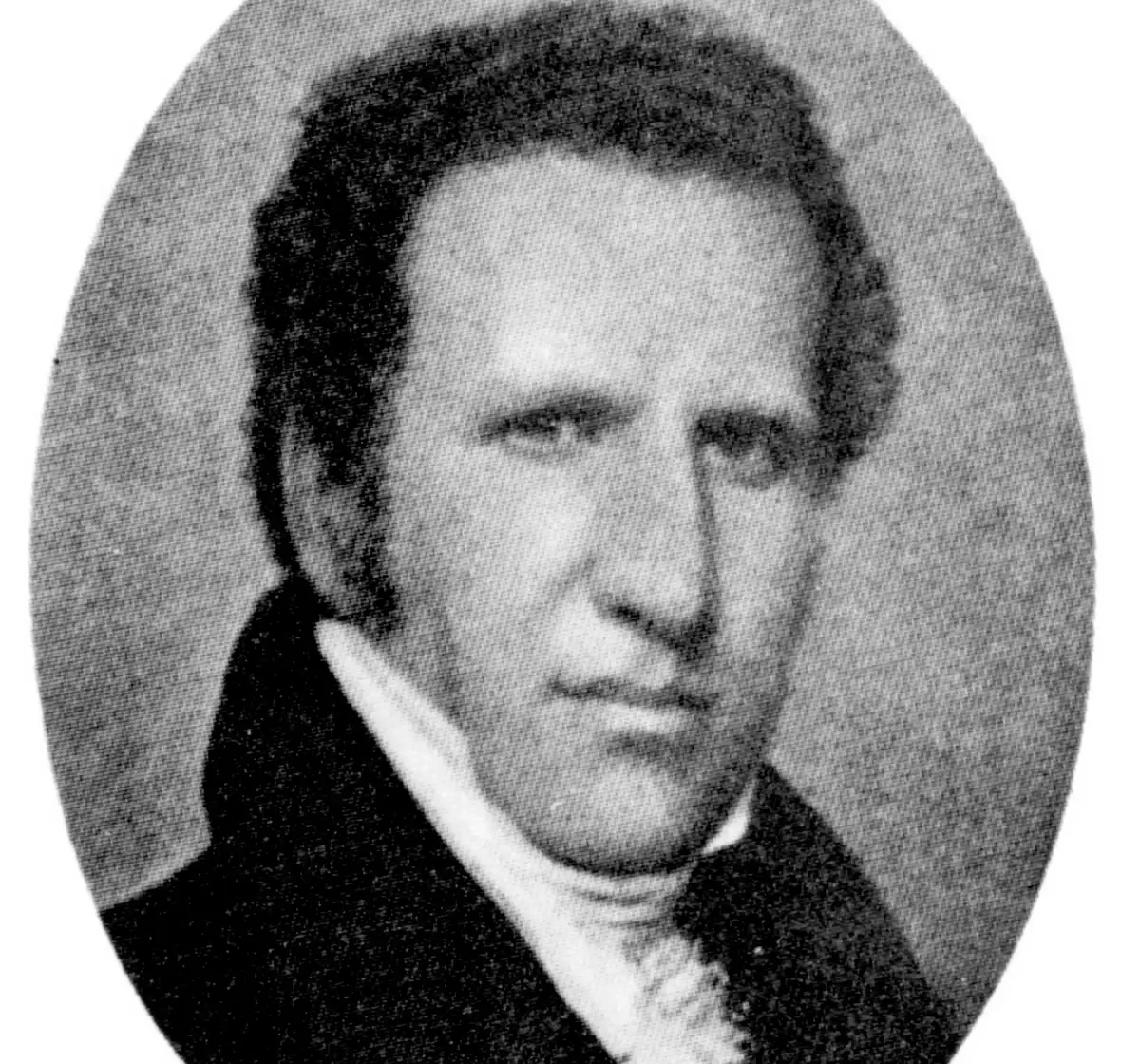
Image: mavink.com
16. Dreaming of Being a British Poet
While many consider Edgar Poe quintessentially American, he once harbored dreams of becoming a British poet! Early in his writing career, Poe was heavily influenced by the Romantics across the pond. He even considered moving to England to establish himself among the literary elite there. This aspiration can be seen in his early poems, which reflect the style and themes popular in British Romantic literature of the era.
His dream, however, remained unrealized, and he carved a niche for himself in American literature instead.
17. The Army Under a Fake Name
When life got tough for young Poe, he did what any restless spirit might do: he joined the Army! But, in true Poe style, he added a twist: he enlisted under a pseudonym, Edgar A. Perry. At just 18 years old, Poe served at Fort Independence in Boston in 1827. Though he achieved the rank of sergeant major, his military stint was short-lived.
This chapter in Poe’s life showcased his penchant for aliases and perhaps an attempt to escape personal troubles.
18. Failure at West Point
Building on his military aspirations, Poe gained admission to the United States Military Academy at West Point. However, his tenure there was anything but smooth. Within a year, Poe faced court-martial and was subsequently dismissed. Some say it was deliberate; Poe allegedly violated rules to get himself expelled. Regardless, his time at West Point was short and tumultuous.
This phase of his life, while not filled with accolades, still added layers to his multifaceted persona.
19. Poe’s Fear of Being Buried Alive
In an eerily prophetic manner, many of Poe’s tales revolved around the terrifying notion of being buried alive—a fear known as taphophobia. This odd fact becomes even more chilling when considering that in the 19th century, premature burials were a genuine concern due to medical limitations. Poe’s own writings, like “The Premature Burial,” capitalized on this universal dread.
It’s a macabre reflection of the times and a testament to Poe’s ability to tap into society’s deepest fears.

Image: 3.bp.blogspot.com
20. Poe and Cryptography
Decoding mysteries wasn’t just a theme in Poe’s writings; he actively engaged with real-world puzzles! Poe had a fascination with cryptography—a fascinating fact considering the era he lived in. He even challenged his readers to send codes for him to decipher in a magazine he worked for, and, true to his claim, he cracked most of them. This passion was evident in his story “The Gold Bug,” where cryptography played a crucial role.
His love for secret codes showcases yet another layer of his vast intellectual pursuits.
21. Wandering “The Raven” Parrot
It’s hard to separate Poe from his iconic poem, “The Raven.” But here’s an interesting fact: while crafting this masterpiece, Poe found inspiration in a parrot! Charles Dickens had a pet raven named Grip, which he introduced to Poe during his American tour. This chatty bird, with its raven-like appearance, is believed to have inspired Poe’s most famous poem.
Sometimes, muses come with feathers, not just in dreams!
22. A Most Mysterious Engagement
Poe’s love life wasn’t devoid of its share of mysteries. Before marrying Virginia, Poe was briefly engaged to Elmira Royster. However, in a twist that could fit one of his tales, their engagement broke off under mysterious circumstances. Elmira’s letters to Poe were secretly destroyed by her father, leading Poe to believe she’d lost interest. They reconnected years later, after Virginia’s death, rekindling old feelings.
Such twists in Poe’s personal life mirror the complexity of his writings.
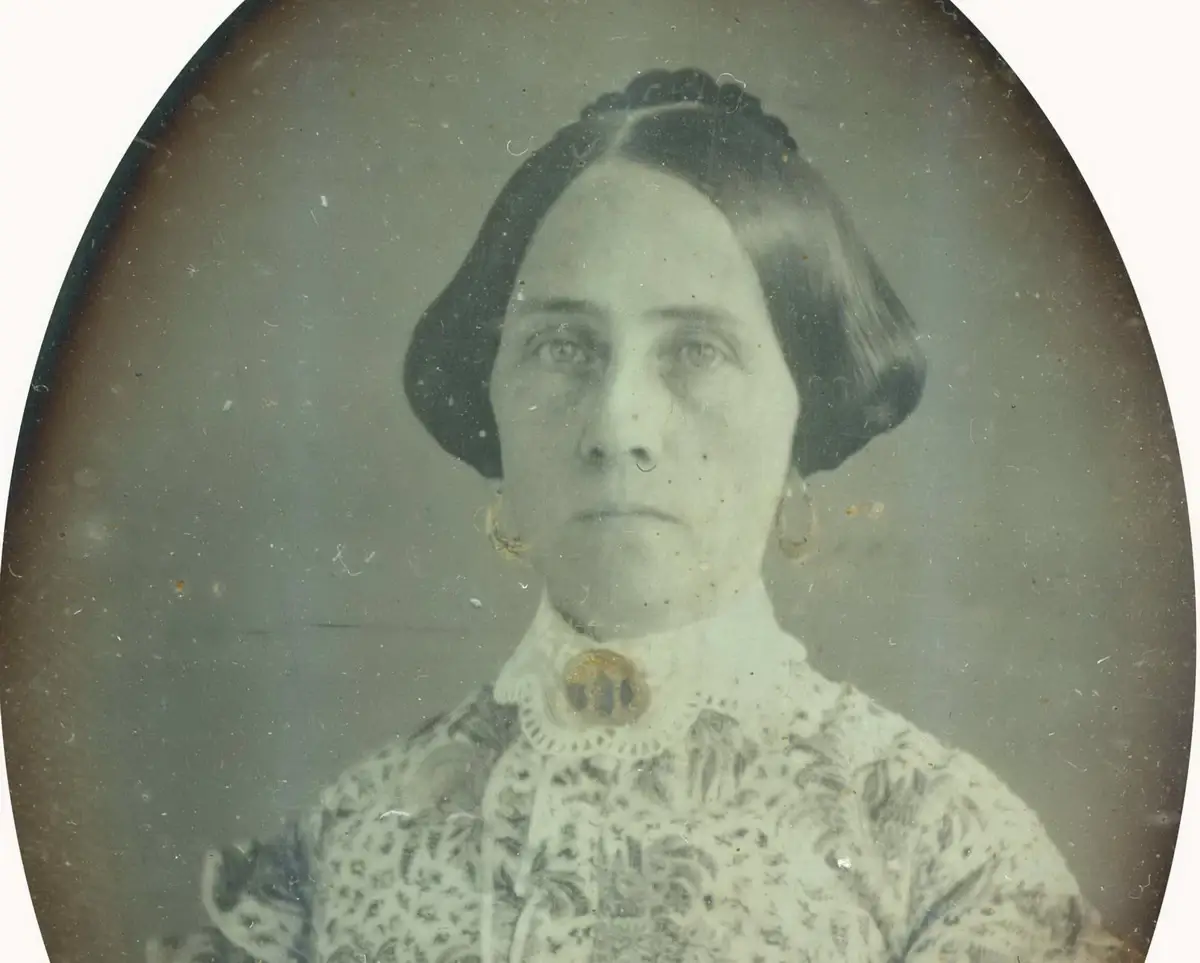
Image: encyclopediavirginia.org
23. Early Ventures in Science Fiction
While Poe is predominantly celebrated for his gothic and macabre tales, he was also an early pioneer in the realm of science fiction. His story “The Unparalleled Adventure of One Hans Pfaall” is a tale of a man’s journey to the moon in a hot air balloon. This work, among others, laid the foundation for the speculative fiction genre.
Poe’s ability to venture beyond the known and explore the cosmos showcases his unparalleled creative genius.
24. The Tomahawk Man
Edgar Allan Poe wasn’t one to mince words, especially when it came to critiquing fellow writers. Owing to his sharp, often brutal reviews, he earned the nickname “The Tomahawk Man.” Whether he was slashing away at popular authors of his day or providing some constructive criticism, Poe’s reviews were feared and respected in equal measure.
His fearless approach to literary criticism added another dimension to his profile, making him not just a writer but also a formidable critic.
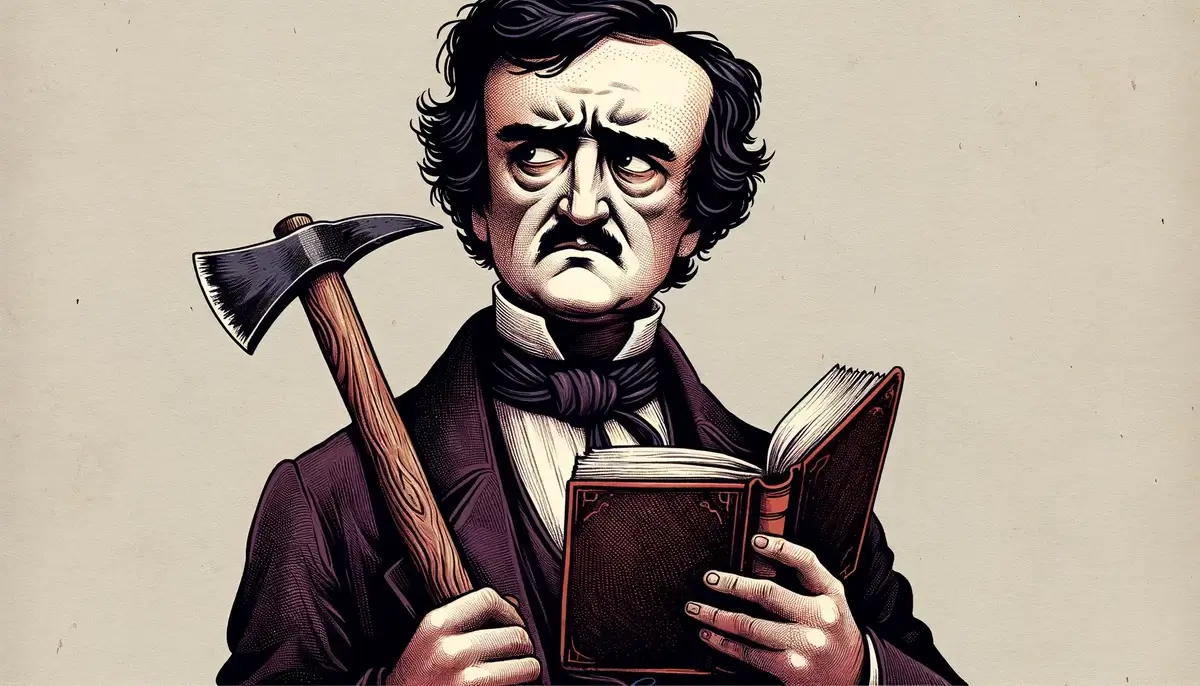
Image: iFunFact
25. Rejection of Transcendentalism
In the 19th century, Transcendentalism was gaining momentum, championed by writers like Emerson and Thoreau. However, Poe wasn’t a fan. He often mocked the movement, referring to it as “Frogpondian” (a nod to the Boston Common’s Frog Pond). Poe believed the movement was overly optimistic and lacked the depth found in the darker aspects of human experience.
This fact further underscores Poe’s commitment to exploring the more somber and mysterious sides of life and literature.
26. No Love for Dickens’ Raven
While Poe might have been inspired by Dickens’ pet raven, Grip, for “The Raven,” he didn’t exactly heap praise on the bird’s original appearance in Dickens’ “Barnaby Rudge.” Poe claimed that Dickens didn’t make the most out of the raven character, considering the bird’s potential. It’s intriguing how one writer’s underutilized character became another’s muse for a masterpiece!
It’s a testament to how different artists can see potential where others might overlook it.
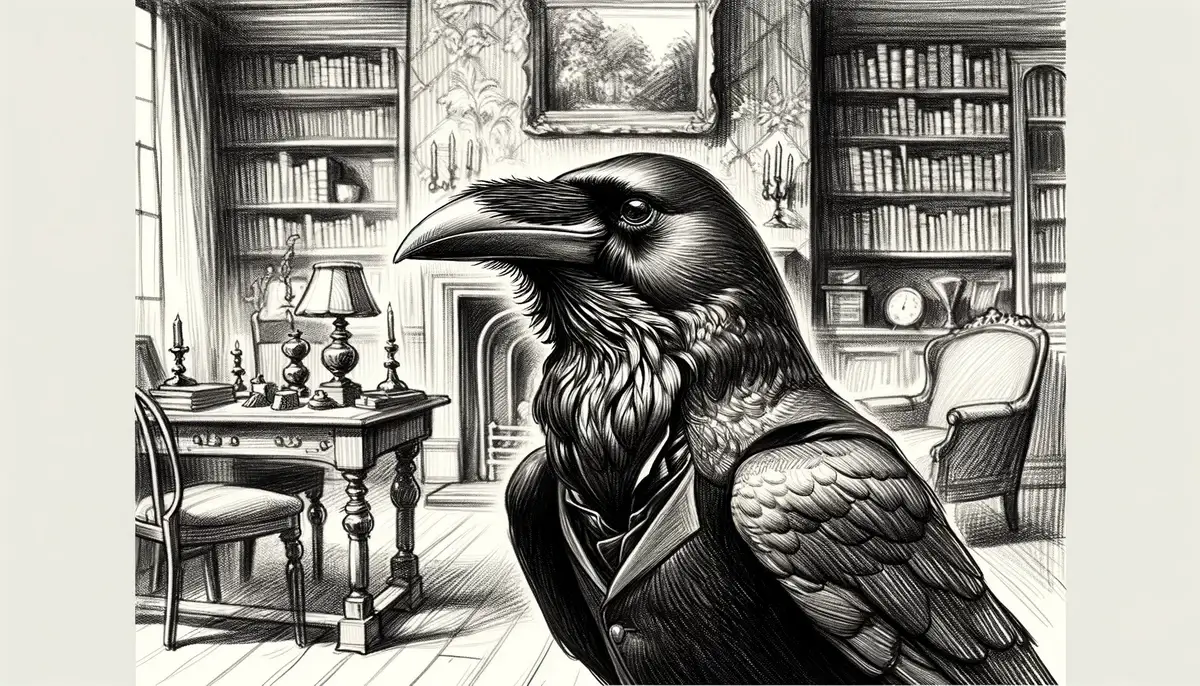
Image: iFunFact
27. Poe’s Pen Names
While today Edgar Allan Poe’s name is instantly recognizable, during his lifetime, he occasionally chose to write under pseudonyms. Some of these include “A Bostonian,” “Henri Le Rennet,” and “Edward S.T. Grey.” The reasons varied, from adding an air of mystery to his works to dodging any potential backlash from his more critical pieces.
These pen names not only show Poe’s playful side but also remind us of the challenges of literary life in the 19th century.
28. A Pioneer of Cosmology
Poe wasn’t just a master of horror; he also had thoughts on the universe’s origin and structure. His prose poem “Eureka,” penned in 1848, is a musing on the nature of the universe. Although not scientifically rigorous by today’s standards, it showcased his profound interest in cosmology. Some even argue that his intuitions eerily resonate with the 20th-century Big Bang theory.
Such forays into cosmology reveal a side of Poe that was deeply curious about the world beyond the immediate and tangible.
29. Master of Macabre Humor: Poe’s Satirical Side
Edgar Allan Poe is celebrated for his dark and haunting tales, but what many might find surprising is his talent for weaving dark humor and satire into his writings. Two perfect examples are “Never Bet the Devil Your Head” and “Some Words with a Mummy.”
“Never Bet the Devil Your Head” is a tale rife with sarcasm and irony. Poe crafted it as a satirical response to transcendentalist writers of his time, demonstrating his ability to critique literary trends with humor. In contrast, “Some Words with a Mummy” is a comedic take on the Egyptian mummy craze that fascinated 19th-century America. Here, Poe imagines a revived mummy participating in a comical debate about the “advancements” of modern society.
Beyond just being sources of amusement, these stories also serve as Poe’s insightful commentary on the societal and literary trends of his era. They remind us that, beneath the gloomy façade, Poe’s literary genius encompassed a broad spectrum of emotions, from the deepest despair to the most biting wit.
30. Temperance and Poe’s Contradictions
For someone known for tales of the macabre, Poe also wrote on temperance, advocating for the moderation or abstention from alcohol. This is particularly striking given Poe’s own struggles with alcohol throughout his life. His story, “The Black Cat,” though dark, can be viewed as a temperance narrative, hinting at the dangers of alcohol abuse.
Poe’s writings on this theme offer a window into his personal battles and the broader societal issues of his time.
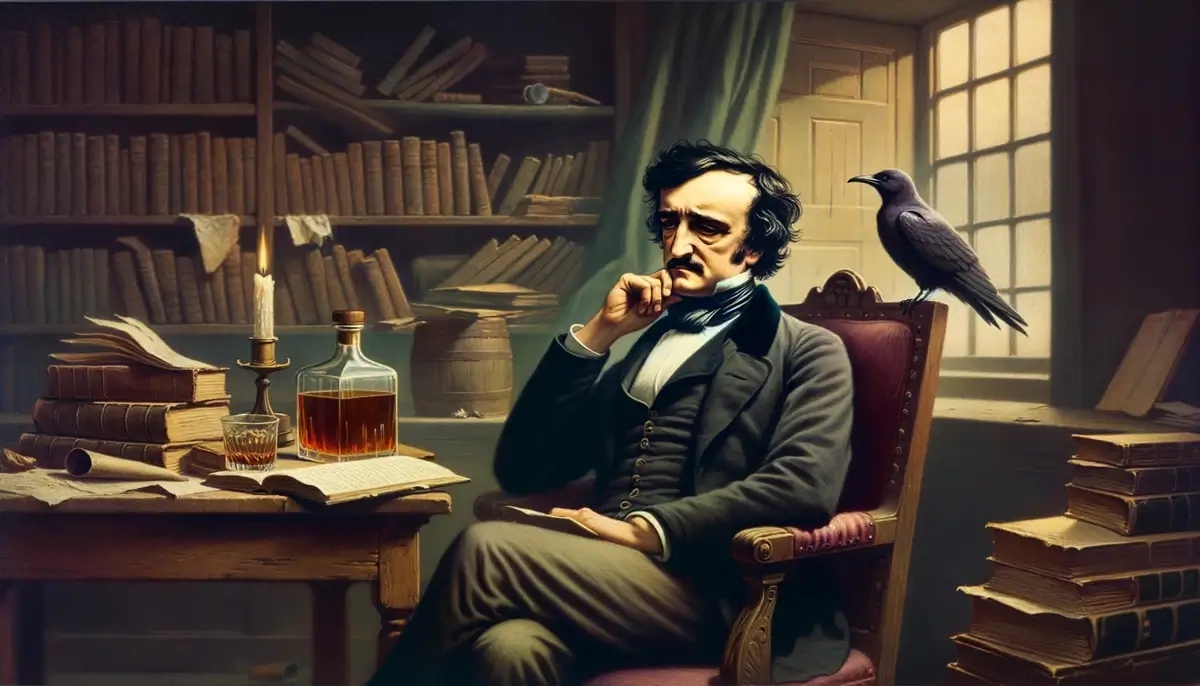
Image: iFunFact
31. Poe’s European Tour (that never happened)
Poe dreamt of touring Europe, particularly England, to strengthen his literary reputation. He believed that gaining respect and recognition across the Atlantic would bolster his standing in American literary circles. Plans were discussed, but alas, this European tour remained a dream. Financial constraints and other hurdles kept Poe anchored to American soil.
It’s a tantalizing what if in the life of Edgar Allan Poe, imagining the potential influences and experiences he might’ve absorbed.
32. The “Original” American Goth
Before the term “goth” was associated with a subculture of dark attire, dramatic makeup, and melancholic music, Edgar Allan Poe was crafting an aesthetic that would influence this very movement. With his tales of the macabre, mystery, and melancholy, Poe can be considered the “Original” American Goth. His writing style, coupled with his personal flair and tragic life story, laid the foundation for a genre that celebrates the darker, more introspective sides of human nature.
Today’s gothic subculture owes much to Poe. From his introspective poems to his eerie short stories, he created a mood and tone that still resonates with many today. It’s fascinating to think that a writer from the 19th century would have such an impact on a 20th and 21st-century cultural movement.
FAQ
What was unique about Edgar Allan Poe?
Edgar Allan Poe stands out in American literature for pioneering the psychological horror story, establishing the conventions of the detective fiction genre, and delving deep into macabre and gothic themes. While many writers of his time focused on romantic or transcendentalist themes, Poe’s exploration of the human psyche, the nature of evil, and cosmic horror was groundbreaking. His poetic style and intricate narrative techniques often delved into the deeper, darker aspects of the human experience, making him a truly unique voice in 19th-century literature.
What was Edgar Allan Poe’s favorite word?
While it’s impossible to definitively say which word was Poe’s absolute favorite, he had a particular affinity for the word “nevermore,” which became iconic after its use in his poem “The Raven.” In the poem, the raven continually utters “nevermore” in response to the narrator’s questions, adding to the poem’s haunting atmosphere.
What was unique about Edgar Allan Poe’s death?
Edgar Allan Poe’s death is shrouded in mystery, making it a frequent topic of speculation and lore. He was found delirious on the streets of Baltimore in October 1849, wearing clothes that weren’t his, and was taken to a hospital where he died a few days later. The exact cause of his death remains unknown as medical records, including his death certificate, have been lost. Over the years, various theories ranging from alcohol poisoning, rabies, cooping, to murder have been suggested.
What is Poe most famous for?
Edgar Allan Poe is most renowned for his creation of the modern detective story, his pioneering work in the horror genre, and his hauntingly beautiful poems. Some of his most famous works include “The Tell-Tale Heart,” “The Fall of the House of Usher,” “The Raven,” and “The Murders in the Rue Morgue.”
What were Edgar Allan Poe’s last 5 words?
It’s often reported that Edgar Allan Poe’s last words were “Lord, help my poor soul.” However, due to the mysterious circumstances surrounding his death and the passage of time, the accuracy of this claim is hard to verify definitively.
What are 3 major accomplishments of Edgar Allan Poe?
- Pioneering Detective Fiction: With “The Murders in the Rue Morgue,” Poe introduced the world to the detective story genre, establishing conventions that authors use even today.
- Mastering the Horror Genre: Poe’s tales, such as “The Tell-Tale Heart” and “The Masque of the Red Death,” set a benchmark for psychological horror, blending suspense with a deep exploration of the human psyche.
- Iconic Poetic Contributions: Poe’s poems, especially “The Raven” and “Annabel Lee,” stand out for their haunting rhythms, innovative structures, and melancholic themes.
Who was Poe in love with?
Edgar Allan Poe had a few significant relationships in his life. His most notable was with Virginia Eliza Clemm Poe, his first cousin, whom he married when she was only 13 years old, and he was 27. Their relationship has been described as one of deep love and affection. He also had a relationship with Sarah Elmira Royster, his childhood sweetheart, whom he reportedly became engaged to shortly before his death.
What is left at Poe’s grave every year?
For many decades, an unknown individual dubbed the “Poe Toaster” visited Poe’s grave on his birthday (January 19) and left three roses and a half-empty bottle of cognac. The identity of the “Poe Toaster” and the significance of the tribute remains a mystery.
What was Edgar Allan Poe’s cats name?
One of Edgar Allan Poe’s beloved cats was named Catterina. It’s said that she often sat on Poe’s shoulder while he wrote, showcasing the close bond between the two.
Was Edgar Allan Poe in the military?
Yes, Edgar Allan Poe served in the U.S. Army. In 1827, he enlisted under the pseudonym “Edgar A. Perry,” claiming he was 22 years old when he was, in fact, just 18. He achieved the rank of Sergeant Major. Later, he also attended the U.S. Military Academy at West Point, though his time there was short-lived, as he was intentionally court-martialed and dismissed after deliberately neglecting his duties.


